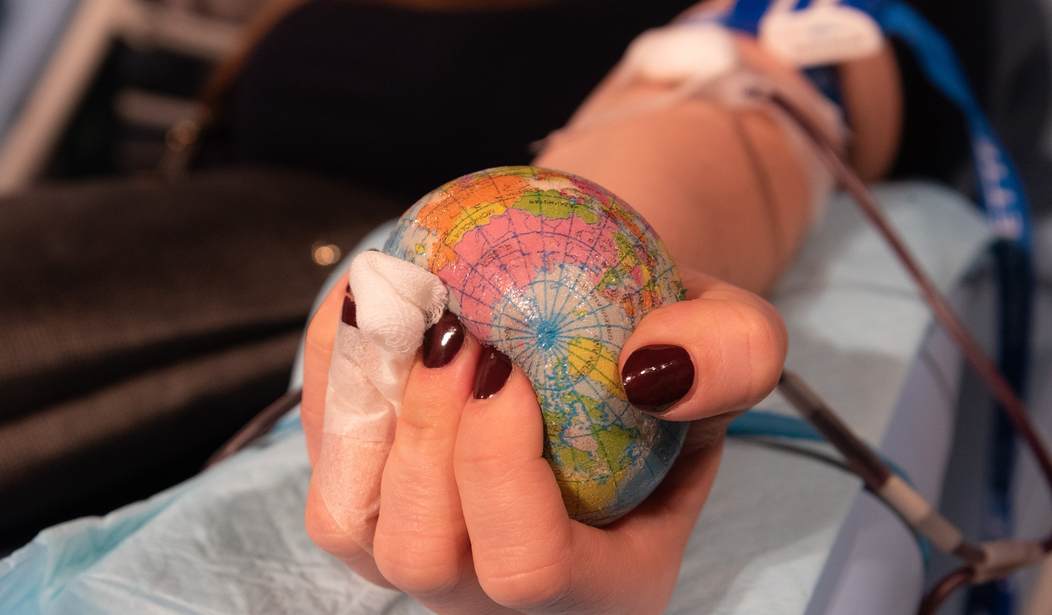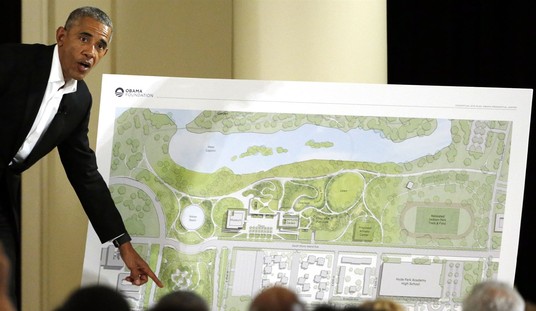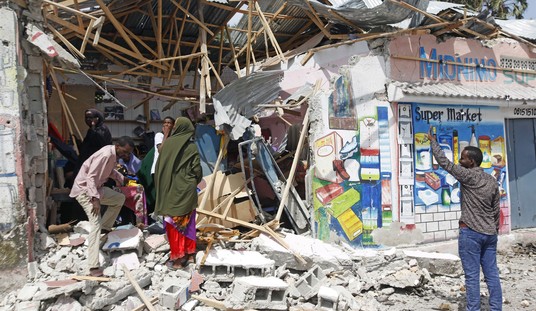The U.S. is in a “blood crisis” as blood drives have crashed during the omicron COVID-19 wave.
The Red Cross says that since the pandemic began nearly two years ago, overall blood donations have been down 10%. But that could be just the beginning. The number of blood drives across the nation has plunged by nearly two-thirds in recent weeks as omicron infects record numbers of Americans.
“Schools,” reports the Daily Mail, “whether colleges or public high schools, form the backbone of many blood donation efforts, but many have been cancelled recently in the wake of Covid outbreaks.”
In a statement, the Red Cross says that this “first-ever” national blood crisis means that “doctors have been forced to make difficult decisions about who receives blood transfusions and who will need to wait until more products become available.”
The Red Cross provides 40% of the nation’s blood supply, according to the same statement.
Also of importance:
Each Red Cross blood drive and donation center follows the highest standards of safety and infection control. Individuals who have received a COVID-19 vaccine are still eligible to donate blood and platelets. Knowing the name of the manufacturer of the vaccine they receive is important in determining blood donation eligibility.
True story.
The first time I ever gave blood was my freshman year at the University of Missouri, fall of ’87.
Red Cross had set up a donation station in the lobby of Hudson Hall where I made my home, and I was eager to give. But I was a little nervous, too. I’m not scared of needles, but I’d also never donated blood.
At lunch in the cafeteria, a bunch of us were engaging in the usual freshman joshing, dispelling our nerves with banter.
Recommended: NCAA Backflips on Natural Immunity, Says Athletes Who Had COVID Now Considered Vaccinated
One young man, a name I can’t remember but I face I can still recall, looked much more serious and nervous than any of the rest of us did.
I’ve been trolling since long before it was called that, so I decided to have a little fun.
“Nervous?” I asked.
“Yeah, I’ve never done this before.”
I assured him I was an old pro at giving blood. “Two more pints and I get my Gallon Pin.” (I’d picked up some lingo from regular donors, teachers at my high school.)
“Really?” The kid perked up. “Do you have any advice? I don’t want to pass out or anything.”
“Drink lots of milk,” I said totally straight-faced and without hesitation. “Blood is 80% milk. That accounts for its color.”
I almost lost it when he looked thoughtful for a moment, got up, and went to the counter to fill up a couple of milk glasses. But he dutifully drank his milk and I somehow kept from cracking up.
We all gave blood after lunch. Nobody passed out.
The nurse gave us each a little red rubber ball to squeeze to help with the blood flow, and you can probably guess what a bunch of 18- and 19-year-old boys did with them: We turned it into a race to see who could fill their pint bag the fastest.
We enjoyed the cookies and juice.
Then we did what all college freshmen should do after giving blood: We walked to that bar just off campus that rarely checked IDs…
…and proceeded to get seriously tipsy on just two $2 well drinks each.
The point of this silly reminiscence is this: Giving blood is no big deal to you, but it’s a very big deal to some sick or injured person who might die without it.
It just occurs to me that I have one of the rarer blood types — A neg — and it’s been at least two years since I got the jab.
The giving jab, that is, not the getting jab.
Looks like I’ve got some giving to do, and I hope you will, too.










Join the conversation as a VIP Member